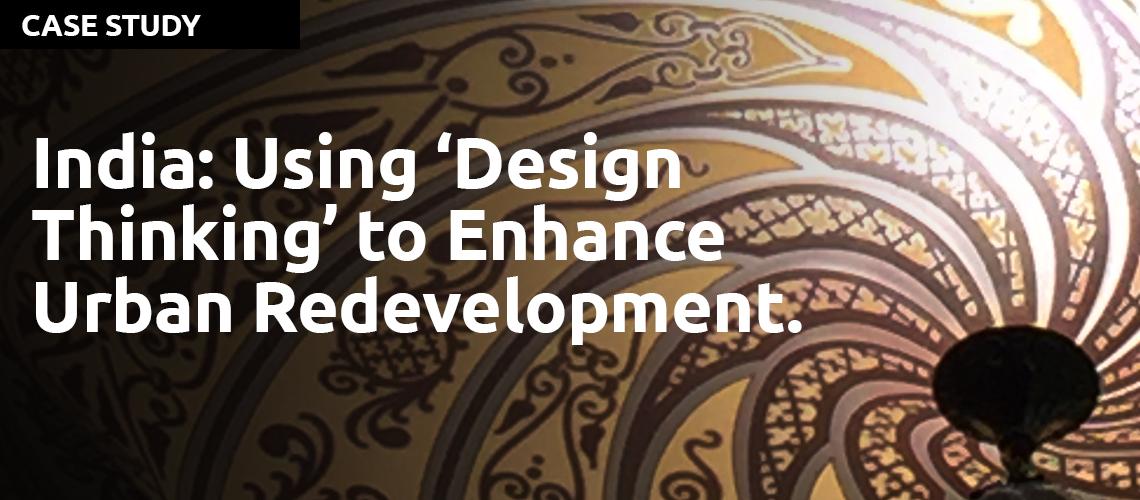Designing Waste Out of the Food System
The average American wastes enough food each month to feed another person for 19 days. Through a number of projects with The Rockefeller Foundation and other organizations, IDEO designers from across the U.S. devised novel ways to tackle food waste.
Asili: Addressing an Entire Ecosystem of Need in a Rural Community
Design Thinking Is Fundamentally Conservative and Preserves the Status Quo
In this article Natasha Iskander argues that Design Thinking enables corporations to justify their risk averse decisions under the guise of a thin veil of understanding their customers needs. We call it design think washing! While this is an interesting critique, it misses the fact that it is not the methodology that is creating this problem as much as it is the way that it is being used.
How to Use Design Thinking to Make Great Things Actually Happen
Ever since it became clear that smart design led to the success of many products, companies have been employing it in other areas, from customer experiences, to strategy, to business ecosystems. But as design is used in increasingly complex contexts, a new hurdle has emerged: gaining acceptance (for the new solutions).
Design Thinking as a Social Technology
What is a Social Technology? Jeanne Liedtka presents her thoughts on Design Thinking as a Social Technology at the 2020 Global Design Thinking Alliance virtual conference.
More videos from Jeanne Liedtka
Turning Design Thinking into Design Doing
Learning Design Thinking requires both experiential and social learning. It is like learning to ride a bicycle, it is very much an experience of "doing" - experiential. You cannot learn how just by having someone explain it to you—you have to actually try to do it yourself to find your own balance. You also need to practice to get better.
3 Prototyping Exercises to Get Unstuck
One of the most common misconceptions about prototyping is that you do it after you’ve determined your product or service. But this assumption goes against the true value of prototyping itself!
Prototyping should be a core part of your entire project’s life cycle, allowing you to test opportunities earlier on and gain confidence that the project is headed in the right direction.










